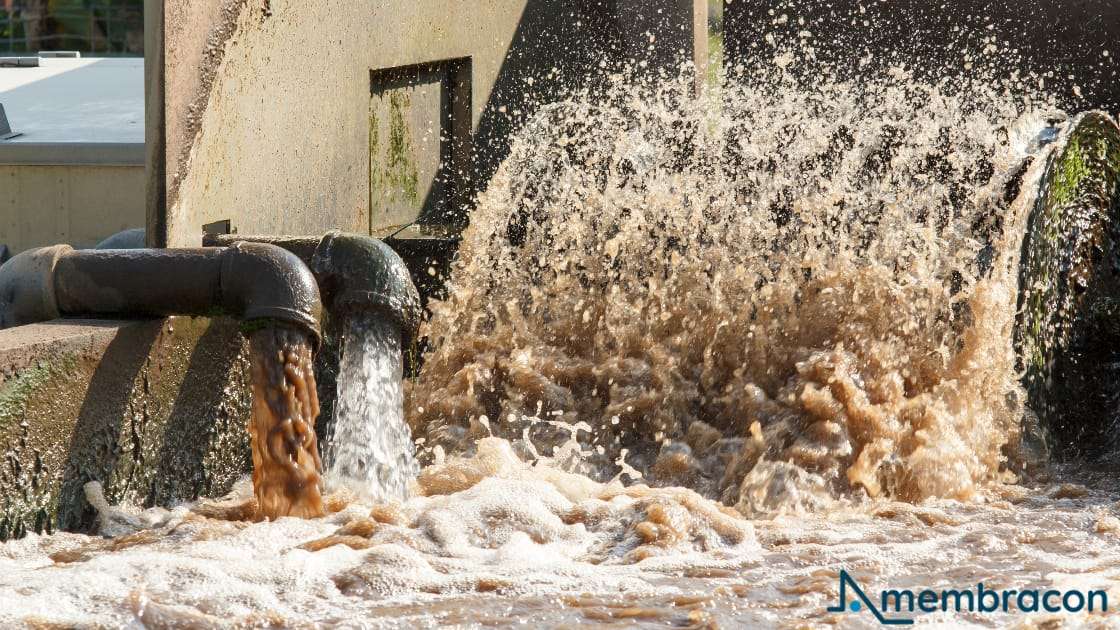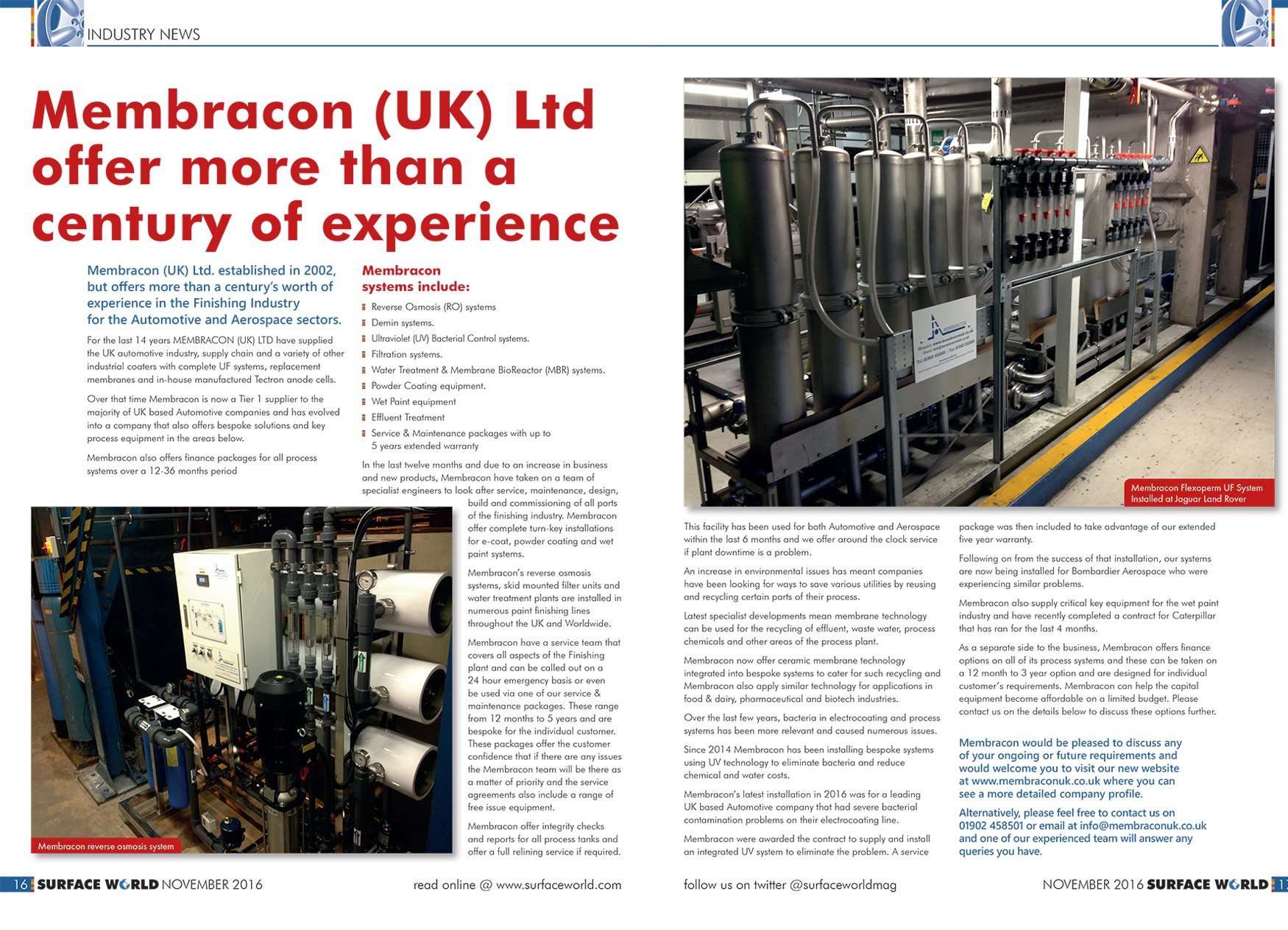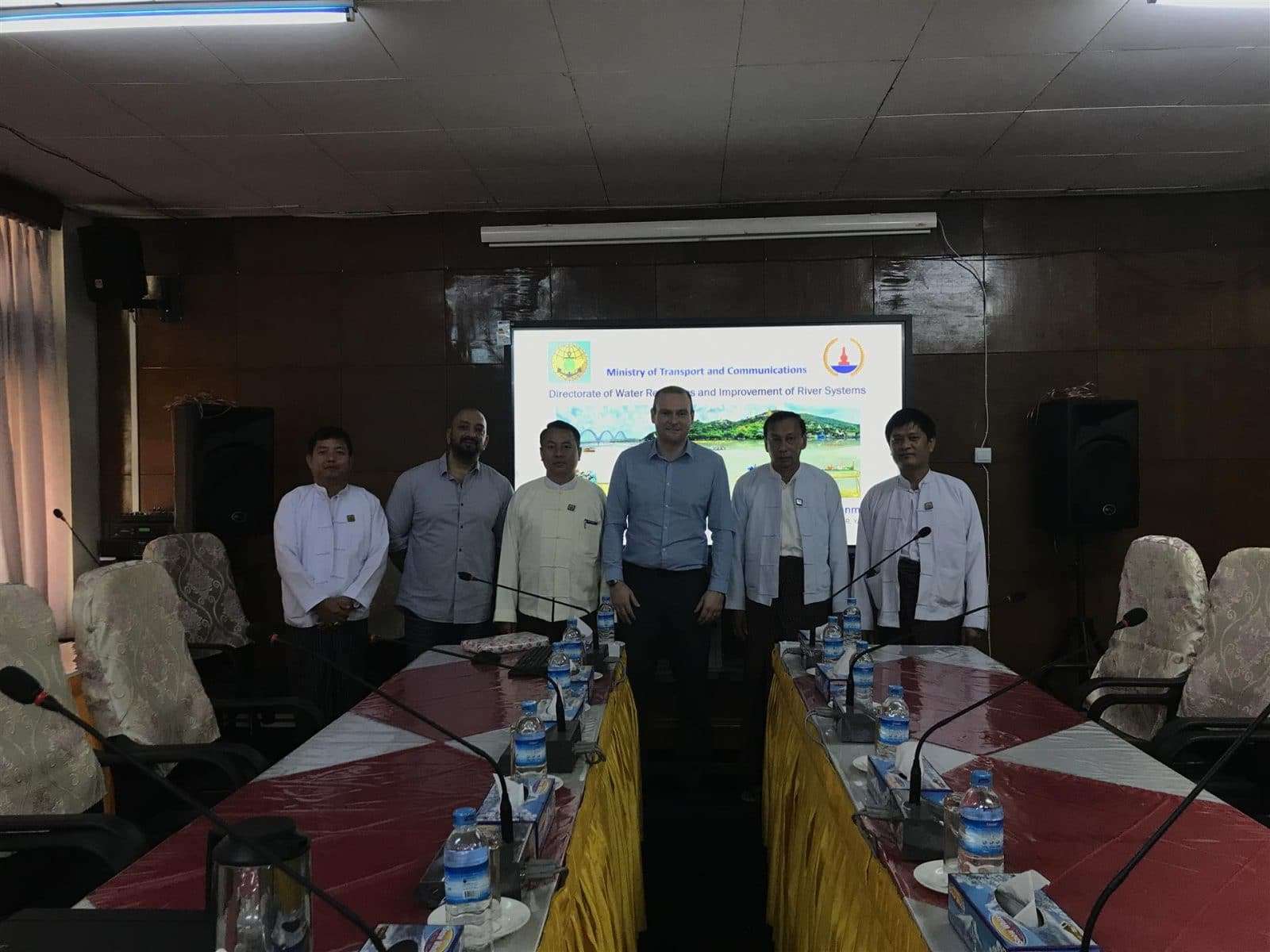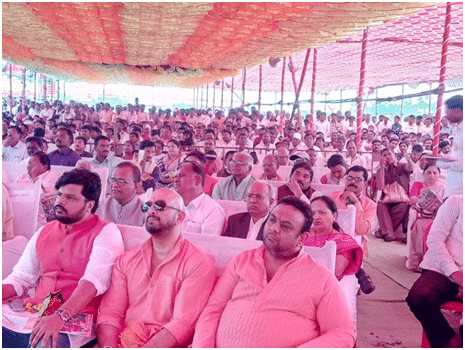
Five Ways Industrial Plants Can Reduce Water Consumption
Conserving water is critical for industrial plants and other businesses that rely heavily on water for their production processes.
Industrial plants can save on operating costs and significantly contribute to sustainability by reducing water consumption.
However, many industrial plants are unsure where to start and are reluctant to spend capital without measurable results. This article reveals five ways industrial plants can reduce water consumption, with commentary from our experts.
1. Evaluate water usage.
First, you must identify what processes use water, how much each process requires, and extrapolate a waste percentage from the data.
Water meters and submeters are the most reliable gauges, helping measure consumption and flows at the facility and process level.
Evaluating your plant’s current water usage will reveal the current situation and help to identify opportunities for reducing water consumption.
The next step is to collect and analyse data over several weeks to determine water usage efficiency on cycles. Only then can you develop and implement water management plans to conserve water better and reduce costs.
2. On-site water treatment and recycling.
On-site water treatment is an effective way for industrial plants to reduce water consumption by reusing wastewater.
By treating wastewater on-site and returning it to the plant through filtration and purification processes, you can reduce reliance on external water sources and drastically reduce the amount of water used.
Having a water analysis performed is worthwhile, which will determine the best water recycling solutions for your industrial plant.
From an operational viewpoint, water recycling reduces waste and provides a consistent supply of treated water.
To recycle and reuse water, you must select and size the correct water recycling system, considering site space, flow rate, filtration technology and the chemical composition of the wastewater/ effluent.
Membrane Bioreactors (MBRs) and other membrane-based treatment systems are the most common systems deployed for water recycling.
3. Install leak detection systems.
Leaks can cause considerable water wastage and often go unnoticed until too late. Implementing a water leak detection system helps identify any leakages, helping you address them quickly and efficiently.
You can install leak sensors, monitors, and alarms that detect small leaks and changes in flow rates, nipping problems in the bud early.
However, sensors and detectors only detect – it is also crucial that your site has a leak detection protocol for early intervention to isolate leaks. Automatic shut-off valves and run-offs can help contain leaks.
4. Keep equipment and systems maintained.
Regularly maintaining industrial plant equipment helps ensure everything is working correctly, and water isn’t wasted through improper use or wear and tear.
Additionally, regular servicing of water treatment systems helps identify areas where systems can be modernised and improved.
Industrial plants using water treatment systems should conduct performance surveys and invest in maintenance plans to support operations.
5. Upgrade, modernise, and optimise.
Upgrading plant equipment and systems to modern, energy-efficient models helps to significantly reduce water consumption and energy costs.
Upgrades might include flow meters for leak detection, wastewater treatment systems capable of deionising heavily saturated wastewater for reuse, and software monitoring for pressure, temperature, and filtration data in RO systems.
Optimising other resources like electricity, gas/hydrogen, and raw materials can also help reduce water use and save money in the long run.












